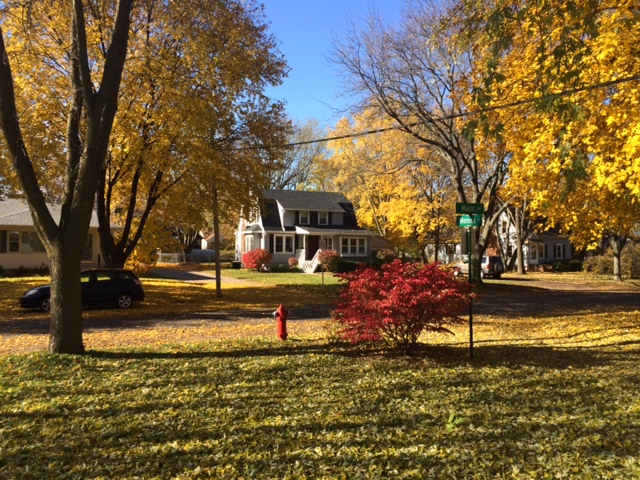Get Your Home Ready for Winter
/
"What should I do to get my home ready for fall and winter?"
We've been getting this question a lot lately, so we thought we'd put together a quick list of our must-do advice. Want to get your home ready for winter? The following checklist is a great place to start:
Clean and check your furnace. Winter in Wisconsin requires a reliable furnace. Yet not everyone realizes that units older than five years should be cleaned once a year and checked to make sure they're functioning properly. This is also a great chance to check your furnace filter to see if needs to be cleaned or replaced. (Need some suggestions for reputable companies that do this? Just ask us.)
Clean and repair your gutters. Are they filled with leaves and other detritus? Are they separating at their seams, or pulling away from the roof line? Poorly functioning gutters can lead to all sorts of problems -- including water in your basement from broken gutters that aren't properly directing water away from the foundation. Cleaning your gutters and keeping them well-tended is an easy (and often DIY) way to avoid big-ticket repairs down the line.
Prep your yard and garden. Rake those leaves -- often multiple times each fall! -- to make sure the grass underneath doesn't die. A lot of lawnmowers have attachments that allows you to turn dead leaves into garden mulch. Trim back your garden beds -- and bring inside anything that will survive the winter indoors (we do this with our rosemary bush, which makes for delicious winter pasta sauce). In addition, disconnect, drain, and turn over your rain barrels for the season (or bring them inside for storage) so they don't freeze and crack.
Shut off the water to your outside spigot. This prevents freezing and possible bursting in your pipes. You may want to consider a frost-free spigot, too (this is usually a simple and inexpensive fix).
Swap that ugly plastic for "window quilts." According to energy efficiency experts, heavy window coverings (often called "window quilts" or "thermal shades") are much more energy-efficient than the plastic window coverings we've all seen. Window quilts are basically insulated window shades that can be used in conjunction with curtains or drapes, designed to eliminate drafts and heat loss. They cost more than the plastic, but they're more attractive and more environmentally friendly (they don't off-gas anything toxic like the plastic sheeting does, and they're reusable year-after-year). Plus, they're cheaper and easier to install than all-new windows.
Wash your curtains, rugs, and other textiles. Now that we're done with open-window weather, home textiles can get dusty and stuffy pretty quickly, which can be detrimental for people with allergies. Giving those textiles a deep clean each fall can help you begin the cold-weather season with a clean slate.
Consider duct cleaning. Some people swear by the value of cleaning your ducts once a year. Others, however, point to the fact that duct cleaning has never been proven to reduce health problems. The Environmental Protection Agency offers some helpful guidance to homeowners who are considering whether duct-cleaning is right for them. We suggest you read the pros and cons and make your own informed decision, so that you can be confident your home is as winter-ready and health-friendly as possible.
Sign up for an energy audit. Winter is the best time of year for a home energy audit, since that's when the temperature variance between indoors and outdoors is greatest -- the temperature differential is key, since your energy auditor will use a (very cool!) infrared camera to look for areas of greatest heat loss. An energy audit will help uncover your home's energy efficiency trouble spots, so that you can plan ahead for next year and know how best to budget your home repair and maintenance dollars.
If you have any questions about anything on this list, just let us know!


